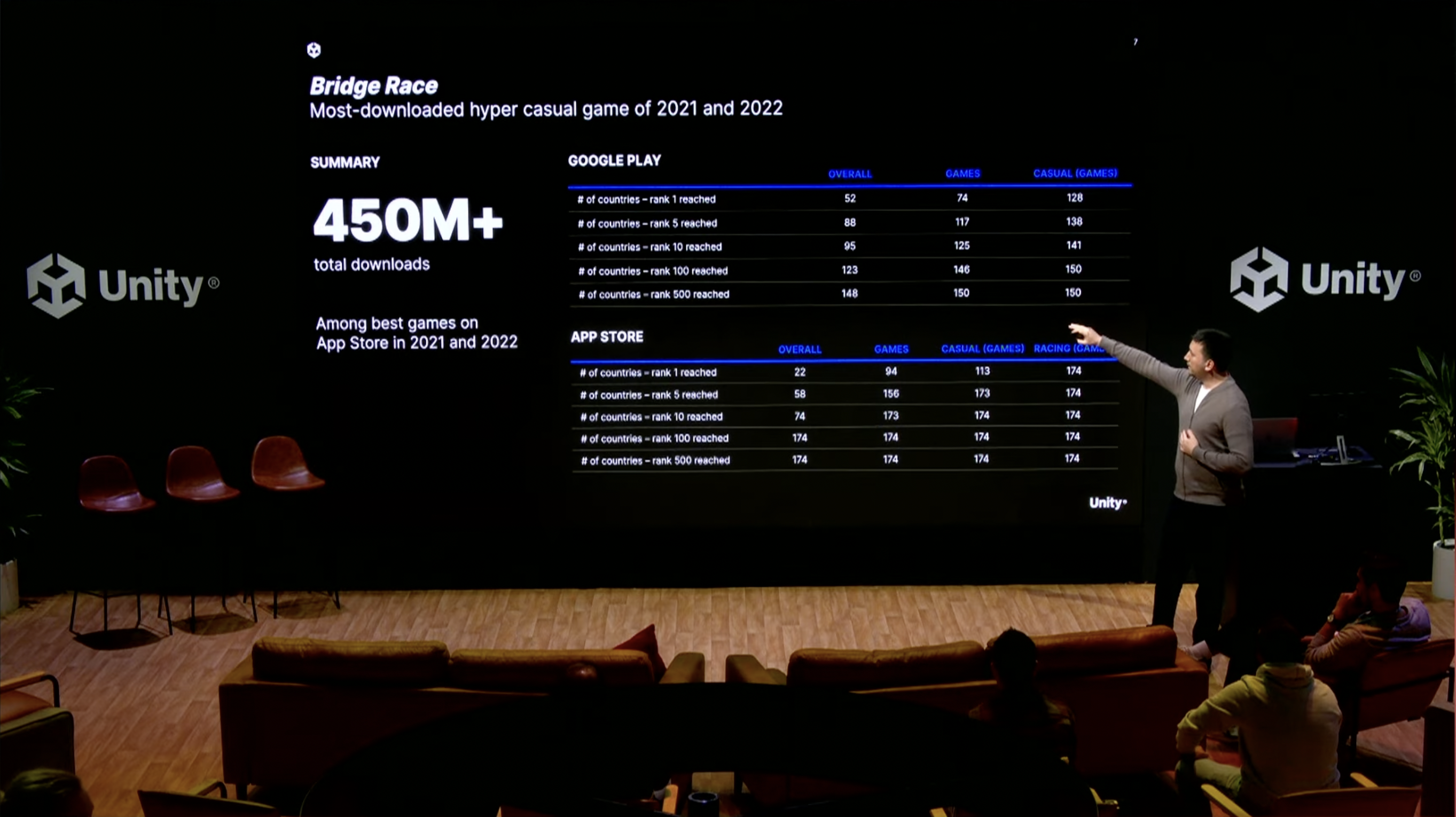Setting up a new business is rarely an easy ride, and doing so in the super competitive world of hyper-casual publishing is perhaps an even tougher challenge. Add a global pandemic on top of that and you really have your work cut out. When we opened up the doors for our publishing studio in the beginning of February this year, we planned on creating 5 hit games by the end of 2020. Five months in and we’ve created 9 hits - Sort It 3D (Gemo), Ultimate Disk (Malvo), Join Clash (Phantom Studio), Hide N' Seek (Seenax), Bead sort (Fogwatt) Flick Chess (2stargames), Love Pins (Ice Cream), Wheel Scale (Playflame) and Samuray Flash (Yummy Games) with many more hopefuls on the way in the next month alone.
We’ve been asked numerous times how we’ve made this possible. There are many aspects that have enabled this, such as planning the right strategy, hiring experts in all different areas of publishing to build a dream team, implementing the right company DNA and having a constant drive for success. When it comes to working together with developers to publish a mobile game, I believe that there are three central things you need to focus on to achieve your goal - nailing your best practises, implementing flexibility, and building a solid relationship with your developer that’s based around transparency.
Nailing your best practices
Ultimately, we were able to maximize the potential of the games, because our game growth expertise is so strong. The team has a great deal of experience behind them and were able to create profit-making growth strategies with a range of starting metrics, from monetization to CPI optimization and of course creatives. Every game has its own metrics that it's strong in, which our team discovered and optimized towards. Our goal was, and is, to identify the potential for success on a global scale and to do so as efficiently as possible.
One of those best practices is soft launches. There are different rules that the team follows like soft launching with a full and well planned out ad strategy, or building several different types of creatives to increase the probability of cracking CPI. And of course each one needs a unique launch strategy per channel to allow for getting a solid indication regarding the marketability of the game. In all of our soft launches, we were able to understand the full potential of the game within 24-72 hours which allowed us to scale fast and efficiently for those games which had solid numbers.
Implementing flexibility
What we learned really early on in our journey is that though we know what the main metrics are for a game, we must take a look at the whole picture to determine and enable its success. What matters for every game tested is to predict whether it can make solid profit at scale, rather than reach a specific KPI in test mode. One KPI may be lower than expected but if it’s offset by a much better performing KPI elsewhere then it shouldn’t be disregarded. For example, a game may have a higher than ideal CPI but it has a great retention. Ruling out such a game would be a missed opportunity, since there’s an opening to work on lowering the CPI, and/or letting the high retention offset the higher than desired CPI. On the flip side, it’s important not to fall into the trap that a low CPI means a successful game, as there’s still the task of getting to the right LTV to meet the profit goals. At Supersonic, we don’t have such strict benchmarks as we’ve learned that making judgement calls too quickly can result in lost potential revenue. Predicting potential profit of a game prototype is a challenging mission, with many unknowns, and it can’t be determined by one stand alone number or KPI.
Building a solid relationship with your developer
Being flexible doesn’t just refer to the game, but it also means on the professional level. We are invested in partnering with developers for long term success. Without any exceptions, each developer has a different style of working so in order to make the relationship not only work but thrive, we adapt a very flexible approach. For example, we understand that each studio has its strengths - whether it be their polish level, creativity with new concepts, mechanics development or other - and we adapt our feedback accordingly, ultimately resulting in a more agile and successful outcome.
The relationship between the developer and publisher must be built on a mutual give-receive approach in order to make it work. Due to this, my team builds a deep understanding of each studio we work with to learn how to enhance the game in the right way. The developer then receives support from the publishing team, game designers, monetization experts and growth managers, creating a strong relationship that's more than a business transaction.
The bottom line
Building a solid and thriving relationship with the developer is ultimately down to creating an open and honest dialogue, and being transparent. It’s imperative to have a strong support team who is in touch with the developers, ensuring they’re a part of the whole process. In Supersonic, the developers have access to the game’s revenue, LTV and all breakdowns, inside of our platform. They know when things are good and when they’re bad. Bringing the developer into the process, keeping them informed of what’s going on and why, is a top priority for us, because once we create a platform for developers to have the input and transparency necessary from their game, then the game will flourish.
Let's put these tips to good use
Publish your game with Supersonic



